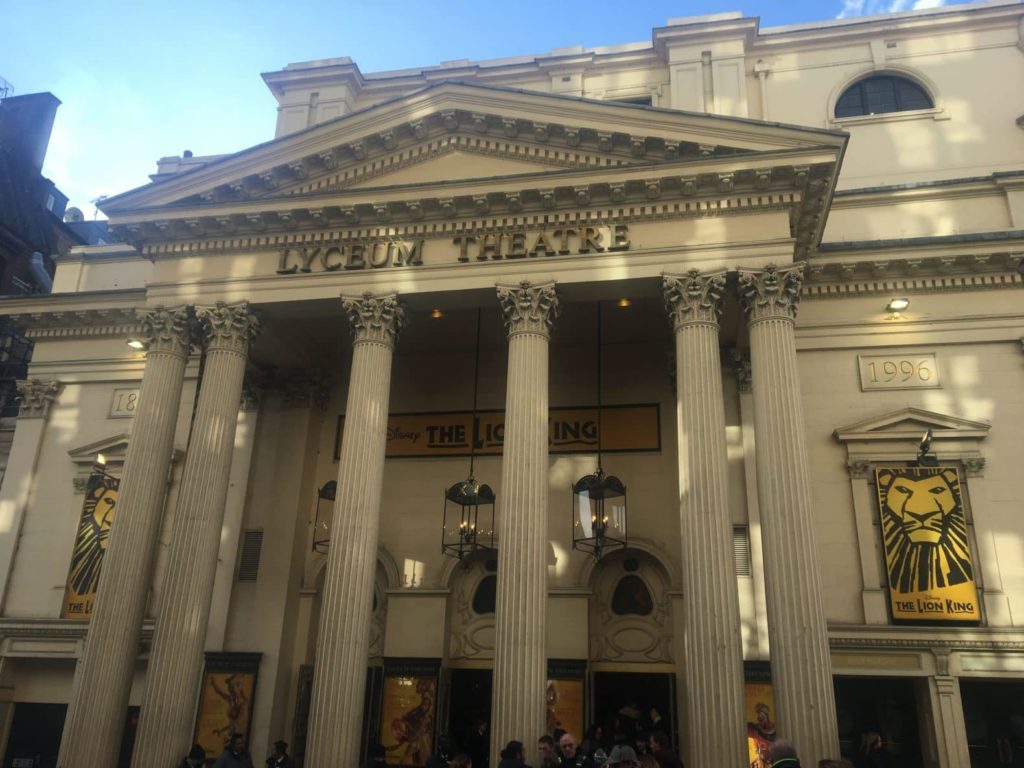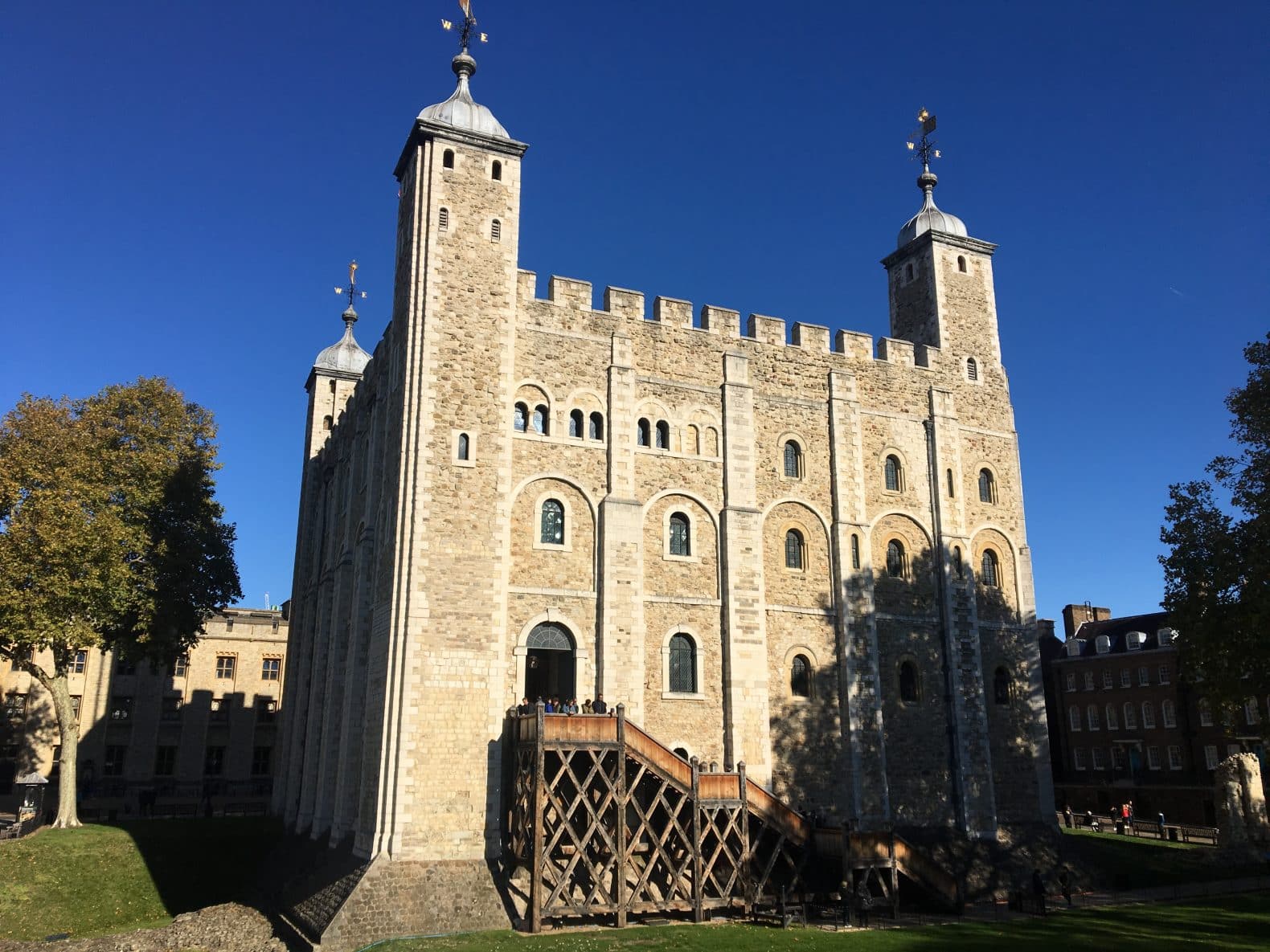
There's so much to see and do when visiting London, it's hard to know where to begin. However, we definitely recommend including a trip to the Tower of London in your itinerary. We recently spent a few hours doing just that. It was fantastic.
Tickets
Tickets can be purchased from the official website: www.hrp.org.uk
If you buy your tickets online before your visit, you'll qualify for a 15% discount on walk up ticket prices. There are also Family Saver tickets available which offer further reductions.
Individual ticket prices vary according to age and whether you wish to include a voluntary donation.
As always, we suggest buying your tickets before your visit, not only to gain the best price, but also to avoid the large queues for tickets when you arrive.
Arrival
In order to gain entry to the Tower of London, you'll need your physical ticket. Therefore, if you've purchased them online, we recommend printing them out and bringing them with you, or you'll need to collect them from the ticket office prior to making your way to the entrance.
Once at the entrance, you'll be required to have your tickets scanned and be subject to a bag search before being allowed to enter the walls of the Tower of London.
If you wish to purchase the audio tour, head straight to the shop on your right, just inside the entrance, to pick up your map and headphones. There was an extremely long queue when we were there, with staff stood outside handing out headphones and maps to those who had already purchased audio tour tickets, so if you're planning to tour this way, consider buying before you arrive.
How to tour
As previously mentioned, you can purchase audio tour tickets for your own personal guide around the Tower of London.
There's also the option to join a Yeoman Warder Tour - where one of the resident Beefeaters will guide you around the site, relaying a huge amount of information about the Tower, it's residents and history, before eventually taking you in to the Chapel. This is the only way to gain access to the Chapel during the morning and early afternoon, therefore; if this is high on your priority list, you'll need to tour this way. Alternatively, the Chapel is open to all ticket holders for a brief time later in the afternoon.
Tours begin every 30 minutes, and the meeting point is in the area of the moat, close to the entrance. Much of the Yeoman Warder tours take place outside, which means, you'll need to set aside time to visit some of the indoor areas once your Yeoman Warder tour has finished.
Although we had initially planned to do this, when we arrived, there was such a large group waiting for the next tour, we decided to make our own way around the Tower of London.
Highlights
There are so many different areas within the walls of the Tower of London, each with it's own story in history. Here are some of our favourites:
1. The Tower's Mint
One that could be easily missed, as it's close to the entrance, but make sure you turn left down Mint Street to discover more about the fascinating story behind the Royal Mint, including: how Edward I moved production inside the safety of the Tower of London walls, the dangerous working conditions, and the harsh punishments bestowed upon those caught tampering or forging coins - considered an act of treason!
As well as displays of various ancient coins, there are interactive exhibits, plus some fun effects.
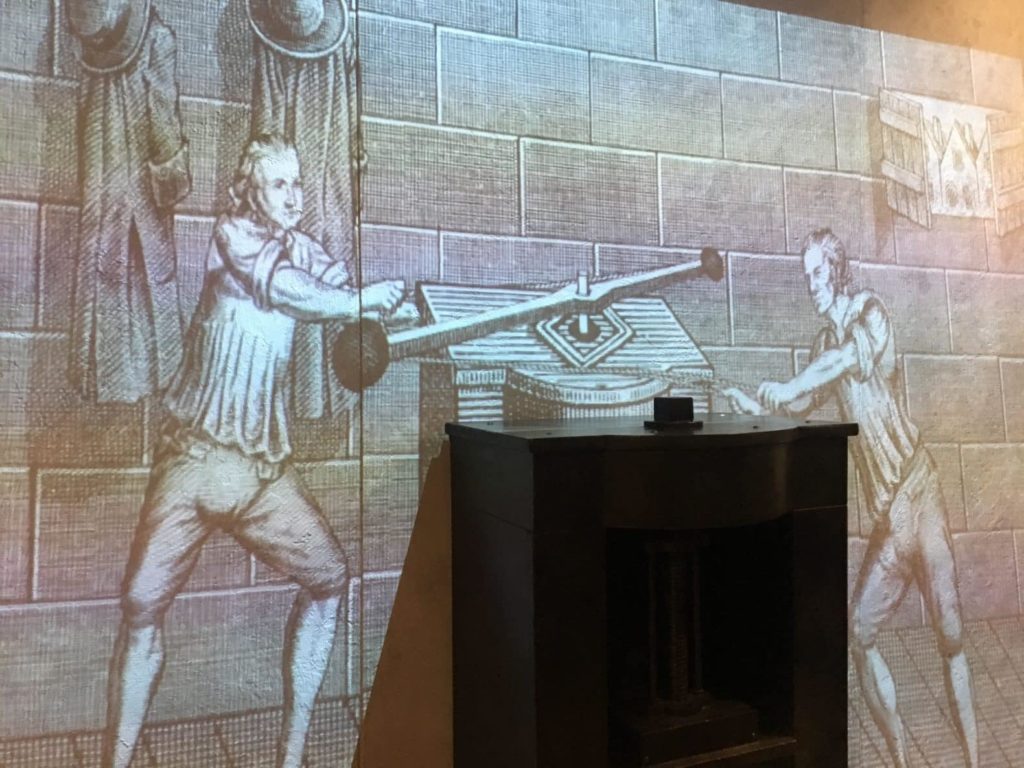
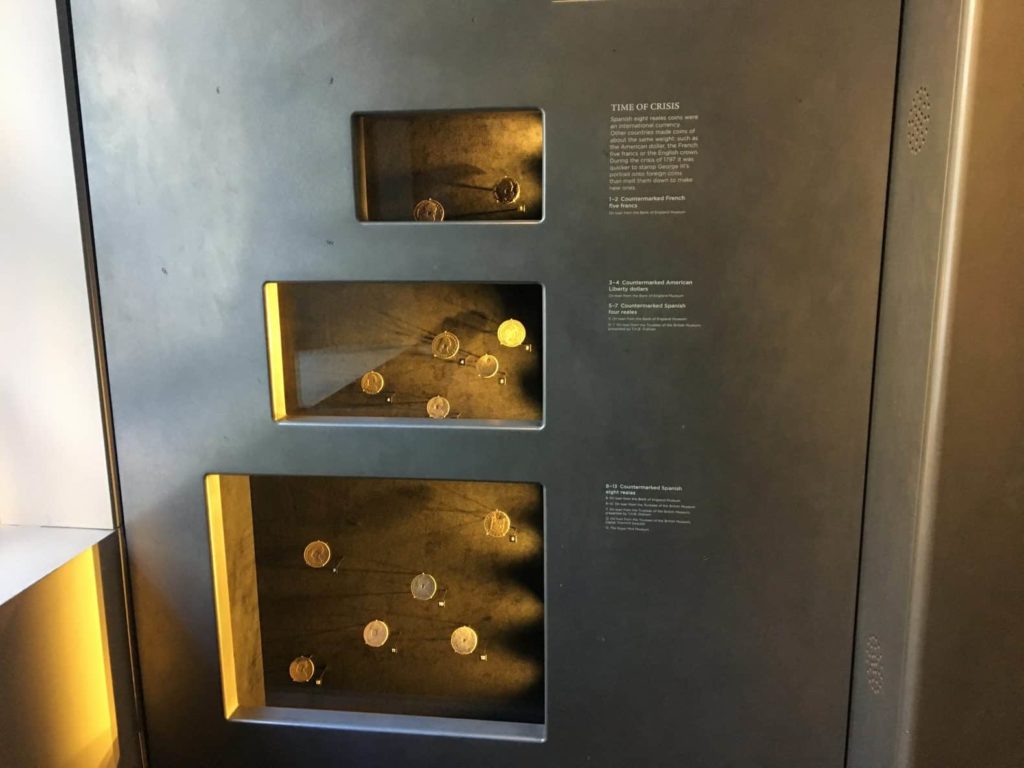
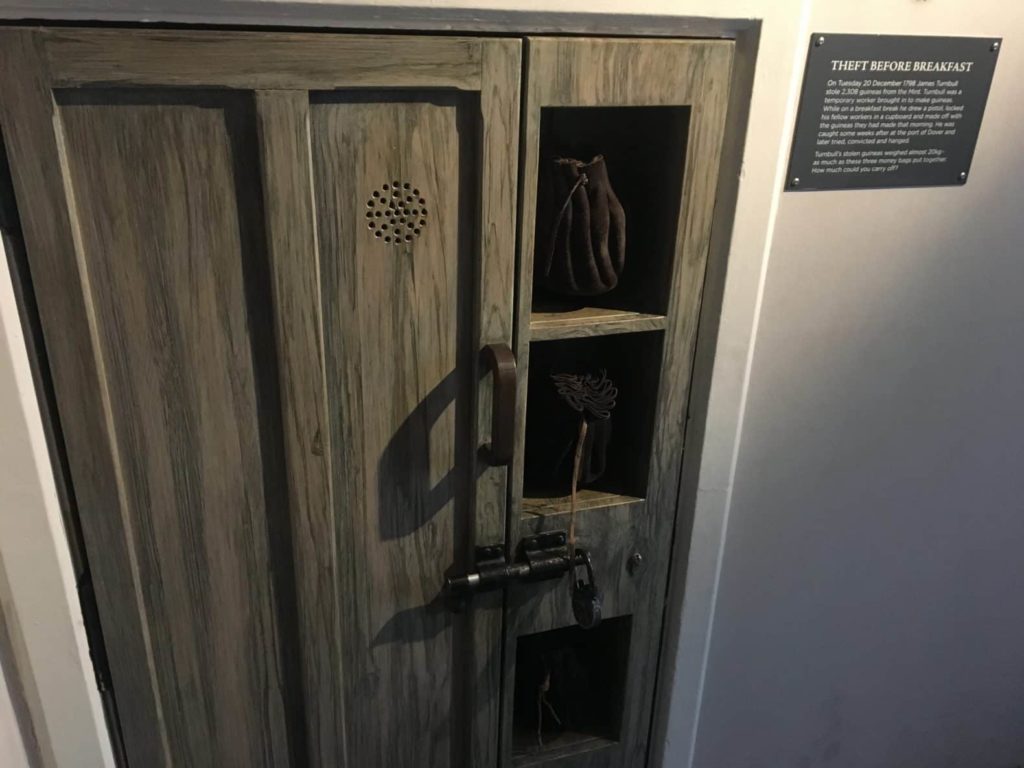

2. Walk the walls
Just past the shop on your right, head up the steps to begin a tour of the three towers, collectively known as the Medieval Palace: Wakefield Tower, St Thomas's Tower and Lanthorn Tower.
We found these areas especially interesting. Wakefield Tower is the location of Henry VI's private chapel, where he was believed to have been murdered. There's also a replica throne of Henry III within The Audience Chamber.

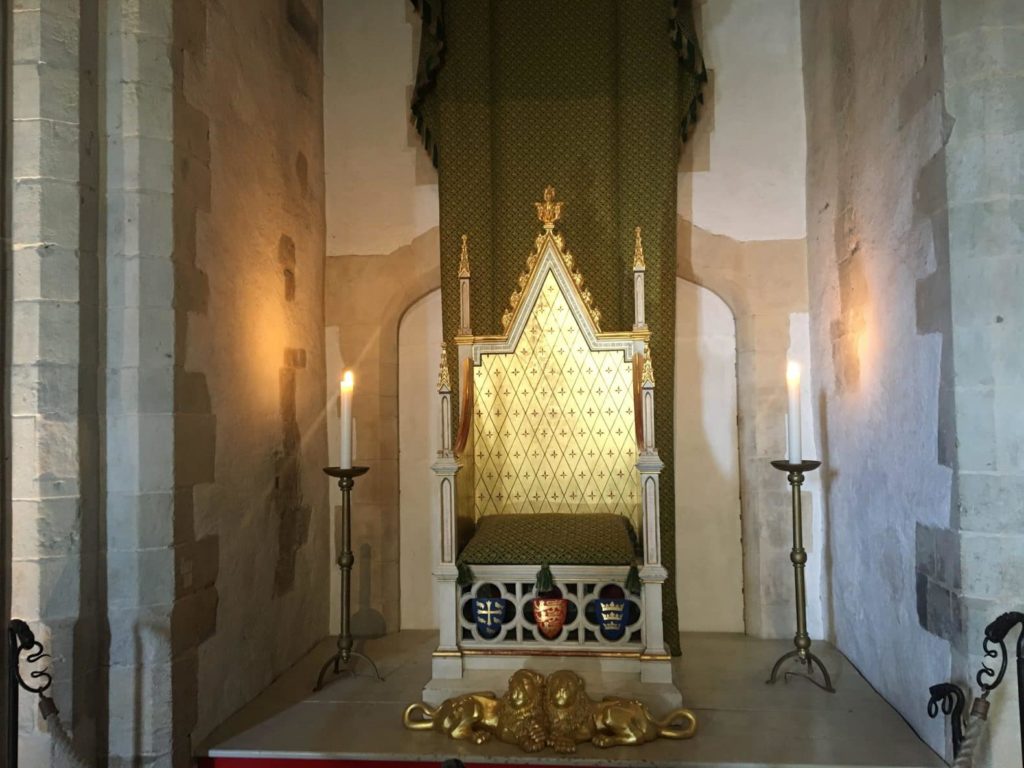
As The Medieval Palace was once the residential part of the Tower, in St Thomas's Tower you can view one of the rooms dressed as the bedchamber would have been all those years ago - complete with four poster bed, tables and an impressive fireplace.

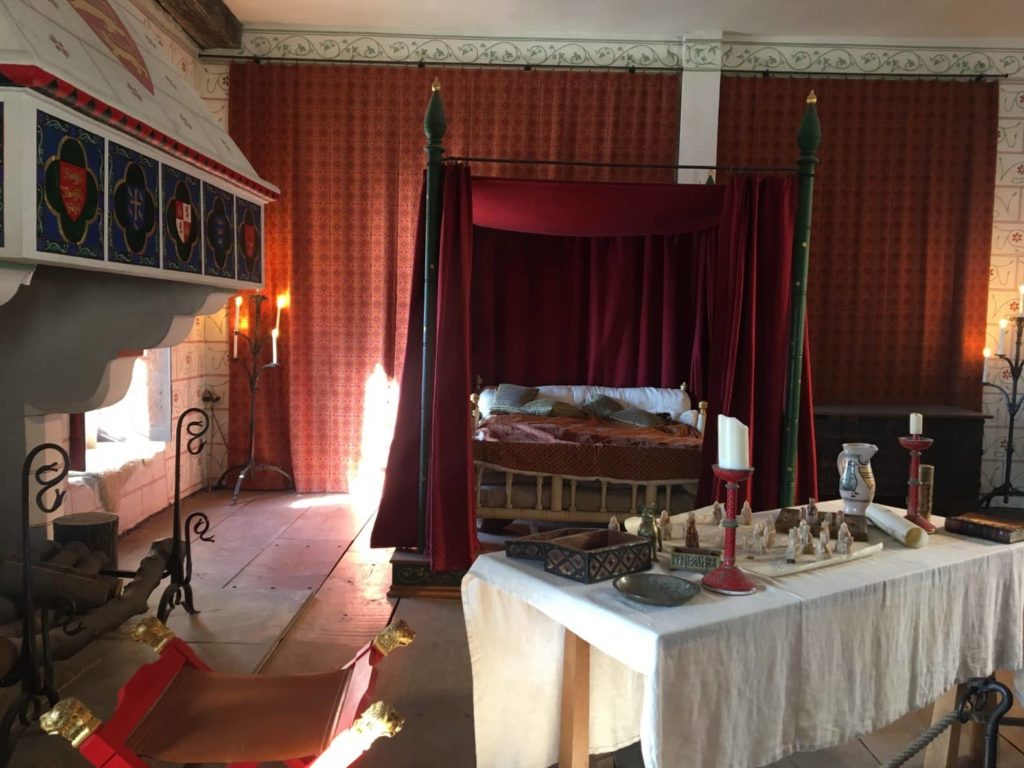
From the towers and the walls in this area, make sure you take in the views of London Bridge and the Thames, both impressive sights from this vantage point, especially when seen through the tower windows.
Walking further along the walls gives you access to Salt Tower - one of the Towers which were used to hold prisoners. Evidence of its history remains etched in the tower walls today, including an extremely intricate carving by Hew Draper - an innkeeper accused of sorcery, who included zodiac signs in his carving.
More carvings can be seen in Beauchamp Tower (over on the opposite side of the walls) - as famous for its graffiti as it is for its role in holding high status prisoners, including: Lady Jane Grey and her husband, Lord Guilford Dudley, Lady Rochford (Catherine Howard's Lady in Waiting) and, it's first resident, Thomas Beauchamp, Earl of Warwick - whom it was eventually named after.
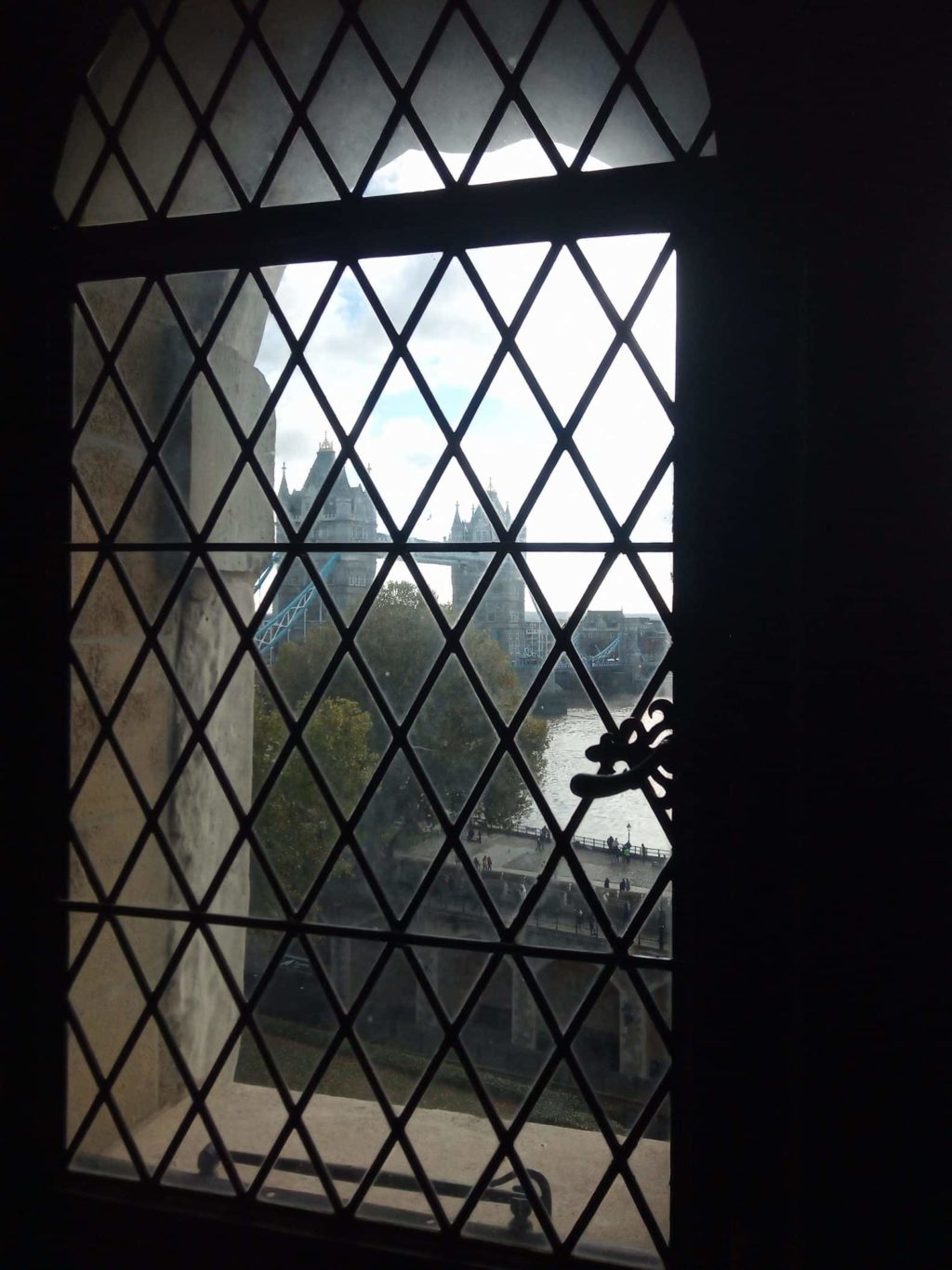
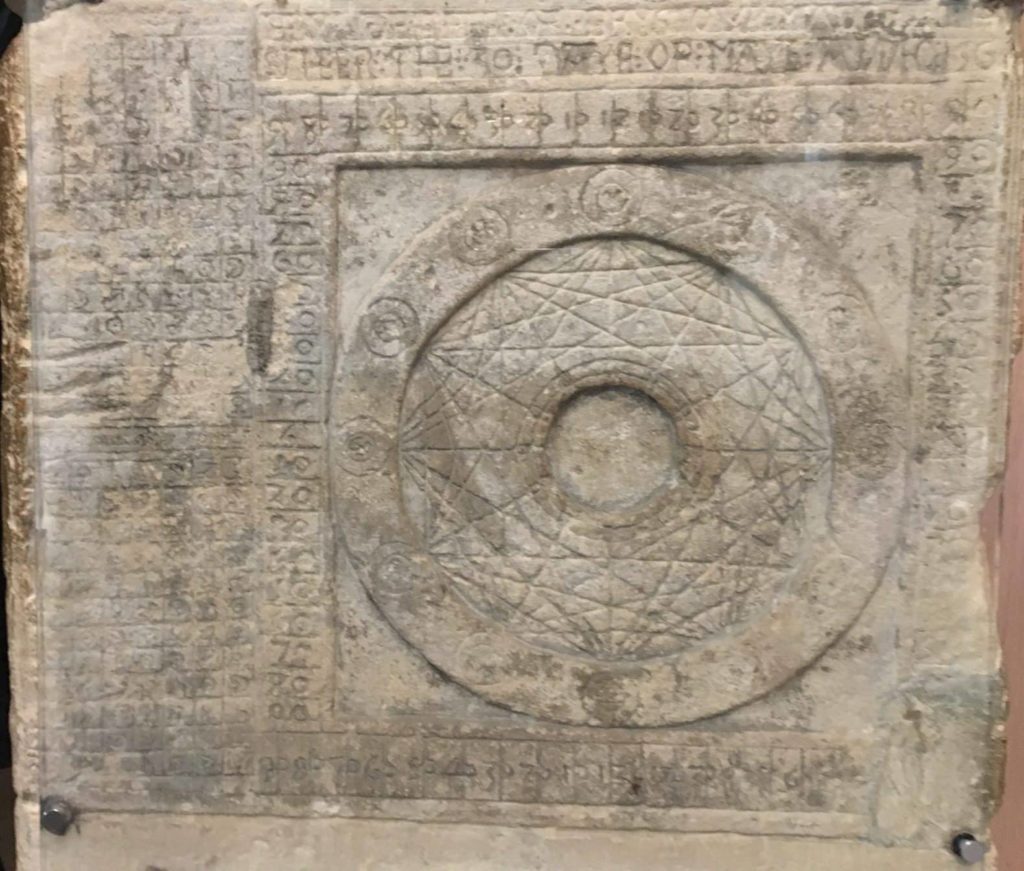
One the kids particularly enjoyed were the hand on weapon exhibits in Broad Arrow Tower, where you have the opportunity to feel the weight of the heavy armoury, such as protective helmets and chainmail, as well crossbows which would have been used to defend the tower. This worked on every attempt, except the one in 1381, when there was a Peasant's Revolt - depicted in the next tower along, Constable Tower.

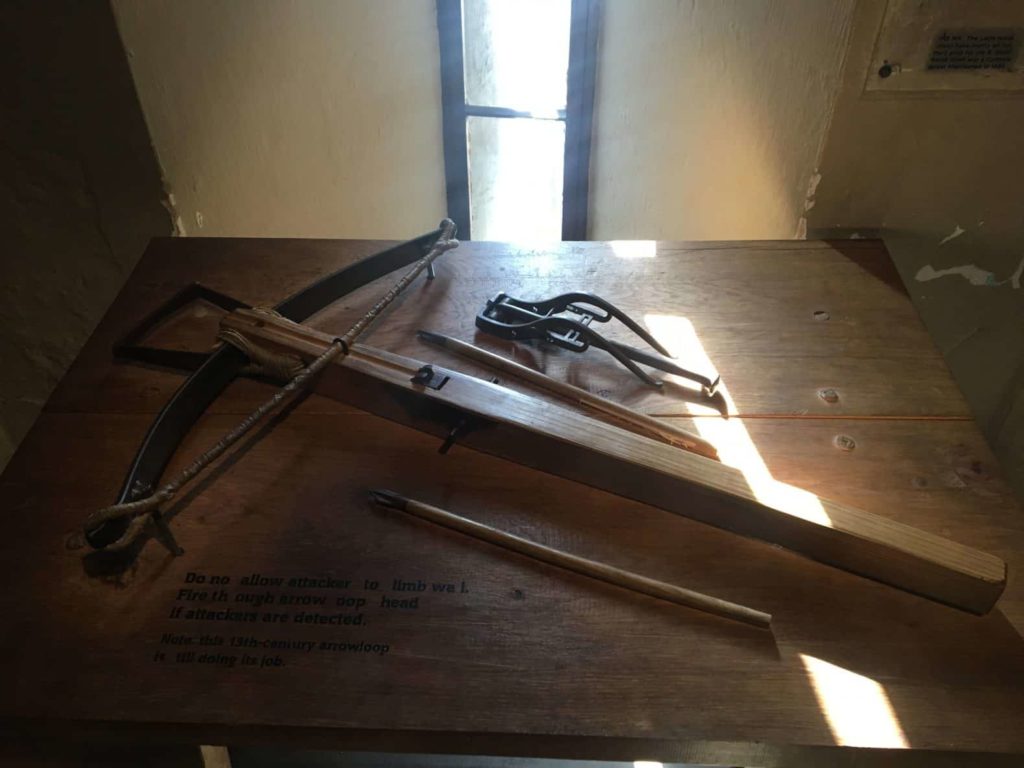
Martin Tower, further along the walls, is where the Crown Jewels were once kept. It currently houses crowns of previous Kings and Queens. Although many of the jewels have been removed to be reused elsewhere, the craftsmanship is still evident in the detailing of the crown structure.
Note: Photographs are not permitted in Martin Tower.
One particularly interesting fact about the Tower of London is that it was once home to a number of exotic animals, given as gifts to various monarchs, including: lions, elephants, monkeys, kangaroos and even a polar bear which was tethered to a rope and allowed to swim in the Thames. Read about the backstory of this very first London Zoo at the Royal Beasts exhibit in Brick Tower.
Some of the most famous animal residents are currently depicted as wire sculptures which are dotted around the grounds of the Tower of London. Amongst others, we spotted monkeys, a polar bear and elephant during our visit:
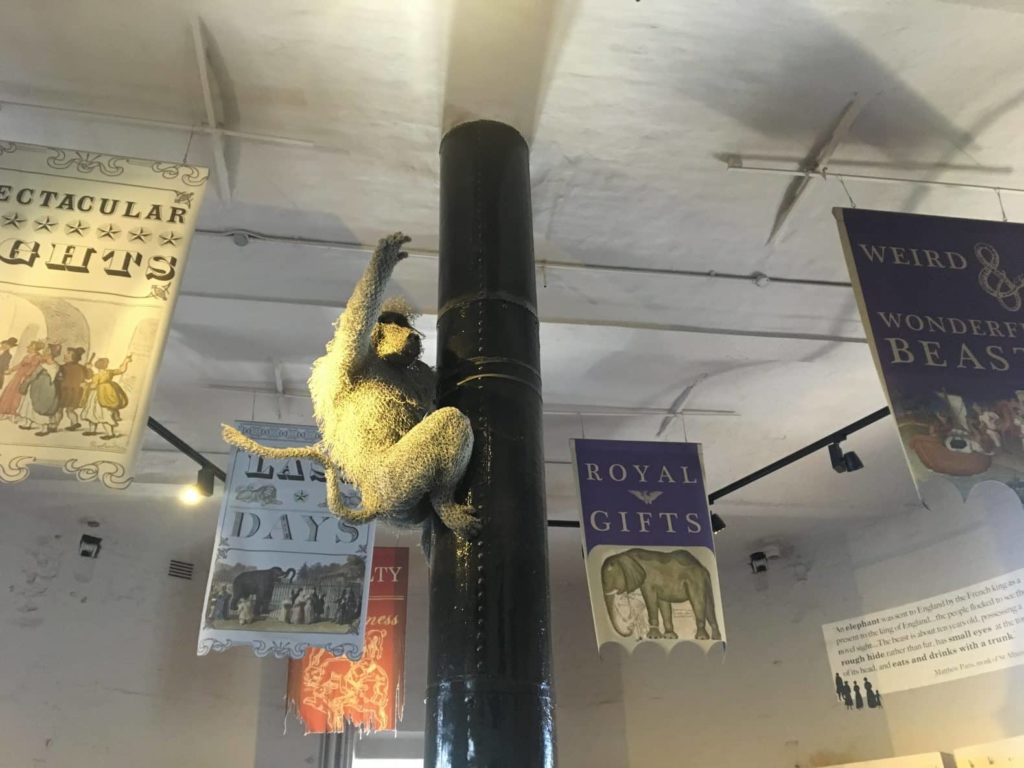
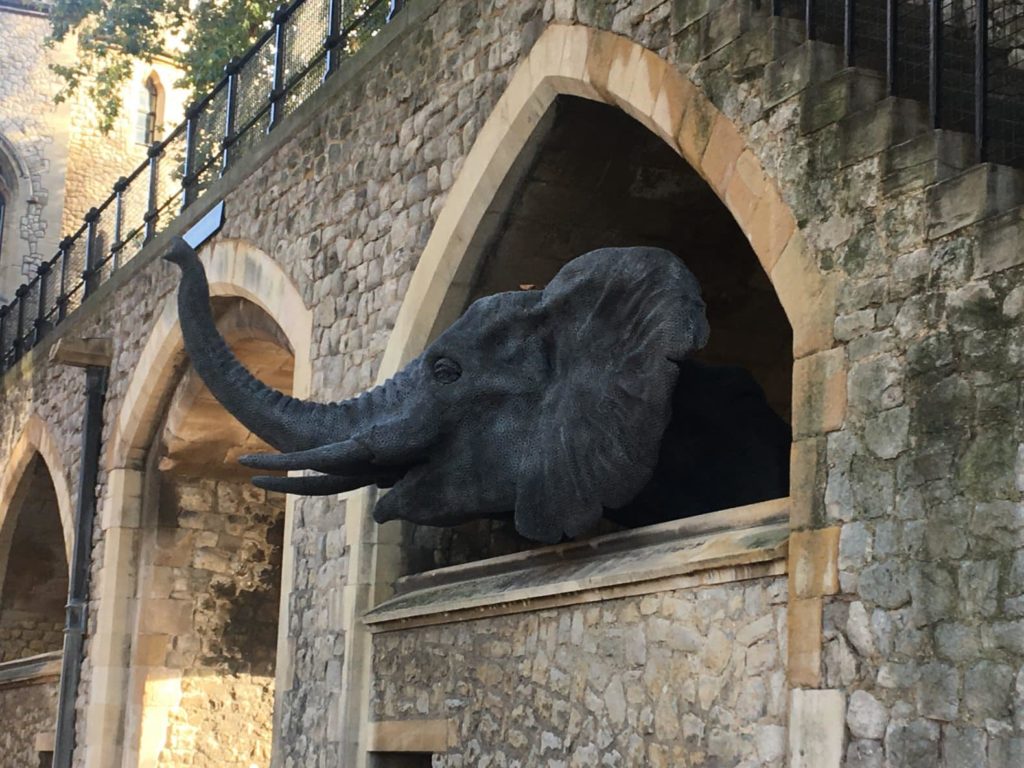
The next tower, Bowyer Tower showcases the story of the Duke of Wellington, then Flint Tower highlights the more recent (but no less interesting) part in history the Tower of London played during the 1st and 2nd World Wars.
Once you exit Flint Tower, you're taken down a flight of stairs, which brings you out between the chapel and Jewel House. There are more towers to visit, including The Bloody Tower, Beauchamp Tower and the main, central White Tower which can be accessed from ground level.
3. See the Crown Jewels
As we'd descended from walking the walls nearby, we took the opportunity to enter Jewel House to see the magnificent Crown Jewels. This is obviously a major attraction of the Tower of London, so be prepared to queue to enter the building.
We joined what was a relatively short line (it was significantly longer at other times of the day), and it still took us 30 minutes to reach the first displays, so you'll need to factor this in to your itinerary. However, the wait is definitely worth it, and we voted this one of the top 3 experiences of our Tower of London visit. Plus, as you're queuing, you can watch the soldiers guarding the building, and admire the cannons positioned outside.

Once inside, you'll be treated to the awe inspiring sight of crowns worn by the monarchs - marvel at the size of some of the jewels, including those in The Imperial State Crown. Another impressive collection is the Coronation Regalia comprising the Sovereign's Orb, Sceptre and Sword, amongst others.
There are a number of other noteworthy pieces to view, such as the Coronation Spoon, which dates back to the 12th Century, Maces, trumpets and, one of our favourites - the Coronation Robes worn by our current Queen in 1953. The detailing is so exquisite, it's an exhibit not to be overlooked.
4. The White Tower
One of the most central and prominent buildings within the Tower of London complex is the most well known of them all - the White Tower. Here, you'll discover a huge collection of royal armours, including those used by Henry VIII, Charles I and James II, in the famous Line of Kings Exhibit.
See the armour used on the horses as well as the Kings themselves, and witness the huge change in the size of Henry VIII's armour as he grew from a slender young boy to the rotund King he's more widely known for being. When you visit, see if you can spot what many visitors found rather amusing about his latest armour.


Over other levels of the White Tower, there are plenty more impressive sights of armour to view, but one of the most fun areas is on the top floor, where you'll find a number of hands on displays - which may appeal to any children in your group. Here they can test their sword skills, shoot an arrow, design a musket and fire a cannon. Although, the line for these features was extremely long during our tour, so be prepared to wait.
Hint: On your way up the steps to the White Tower entrance, don't miss the opening to the staircase where the skeletons of two boys were discovered. Thought to be those of the Two Princes, Edward and Richard - sons of Henry IV, believed to have been murdered by their Uncle, Richard III.

5. The Bloody Tower
The ill-fated Princes were thought to have been held and murdered in the Bloody Tower, renamed as such due to the part it played. At the top of the tower, in the room they are believed to have been kept in, there's a short film of the story.
The Two Princes weren't the only prisoners of the Bloody Tower. Over a century later, Sir Walter Raleigh spent 13 years held here under the orders of James I. Although, he was afforded a more comfortable lifestyle, compared to some other prisoners, including his own study which is mocked up on the lower floor of the tower.

6. The Ravens
No visit to the Tower of London would be complete without witnessing the antics of the resident ravens, where history dictates that should the ravens ever leave, the kingdom will fall. As a result, ravens have been kept at the Tower of London since the reign of Charles II.
They can mainly be seen on the grass area in front of the White Tower entrance, although we were treated to the sights and sounds of one as we exited Martin Tower, and this one seemed to be presiding over his kingdom:

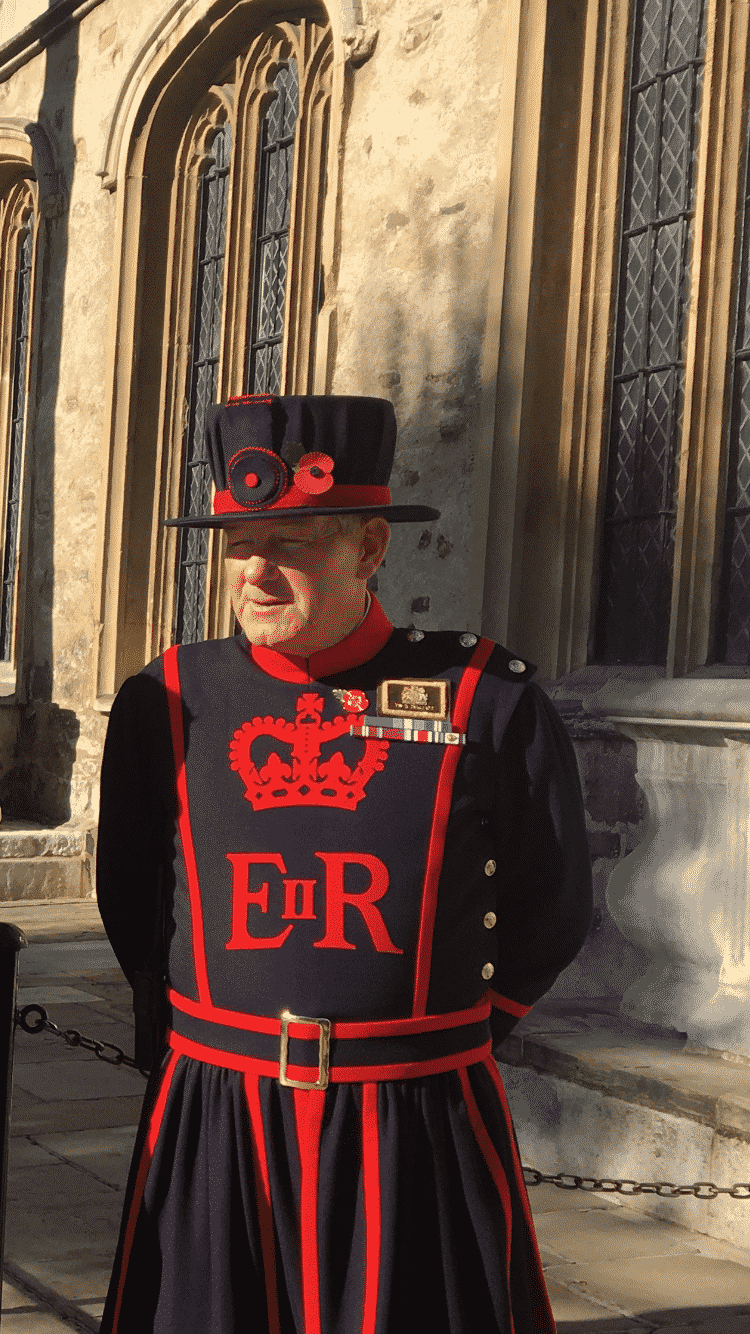
7. Meet the Yeoman Warders
During your visit to the Tower of London, take time to meet the other famous residents - the Yeoman Warders (or Beefeaters as they are sometimes more affectionately known). Instantly recognisable by their blue and red uniform, the Yeoman Warders are the official guards of the Tower of London.
They are a fabulous source of information, so feel free to ask them questions about the Tower and it's history. They're also there to ensure you abide by the rules - be prepared to receive a reprimand if you attempt to take photos in prohibited areas. However, if you ask them to pose with the kids for a photo, expect them to make everyone laugh by asking silly questions! Great fun.
8 Gruesome Past
For many people, a fascinating part of the Tower of London is it's gruesome history. Notorious as a prison, place of torture and the site of high profile beheadings.
Visit Torture Tower (under Wakefield Tower) to see the type of contraptions, such as the rack, manacles and scavengers daughter, used to inflict pain and suffering as a means to extracting information from some of the prisoners.
Outside, on Tower Green, there's a memorial sculpture dedicated to those who lost their lives here, including Anne Boleyn, Catherine Howard and Jane Seymour.
Extra information:
We spent 3 hours touring the Tower of London, some of which was spent outside - dress accordingly and plan to spend a long time on your feet, doing lots of walking. Some of which takes place up and down narrow staircases, which means certain areas may not be suitable for the infirm or very young children.
Although we didn't visit any of these, there are 4 cafes and restaurants within the walls, serving hot meals, sandwiches, snacks and drinks. You are also welcome to bring your own food, although this must be consumed outside. Keep your fingers crossed for decent weather.
Finally, when you leave the grounds, take the opportunity to explore the area outside the walls. There are some fabulous views of Tower Bridge, Traitors Gate and the Tower of London from a different perspective.


We had a fantastic time exploring the Tower of London. It was voted the highlight of our London trip, and is somewhere we would certainly visit again to take in the fascinating history and amazing sights once more.
You may also like:


